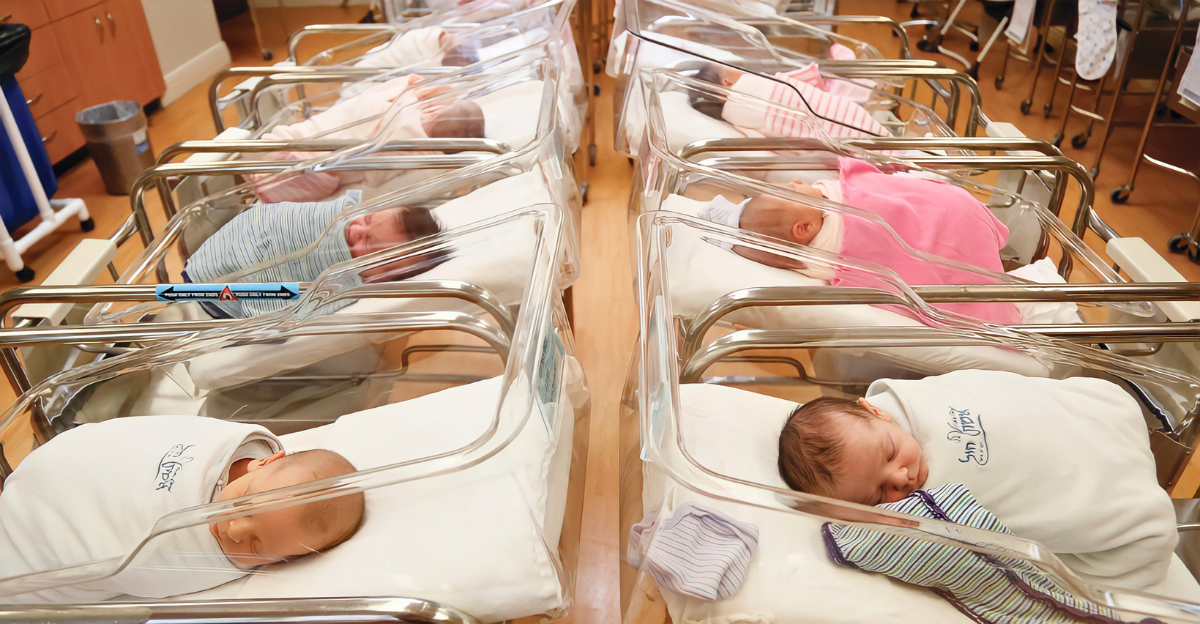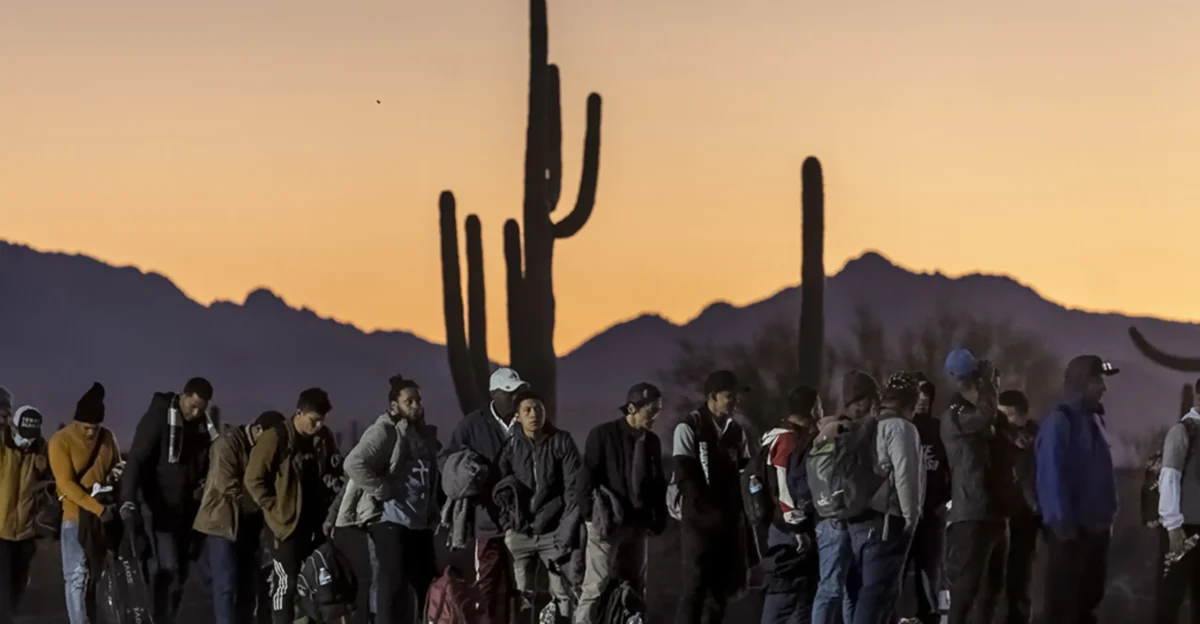
The United States is facing a fundamental change in its labor landscape, with workforce participation falling and key industries struggling to find employees.
According to the U.S. Bureau of Labor Statistics, the labor force declined by nearly 800,000 workers between April and July 2025.
“This is more than just a blip,” said Mark Zandi, chief economist at Moody’s. “It’s a structural shift we haven’t seen in generations.”
Escalating Shortfalls

American employers are sounding alarms about persistent labor shortages, which now affect 70% of organizations, based on ManpowerGroup’s 2025 survey.
The Conference Board reports that close to 7 million nonfarm jobs remain unfilled, straining operations across the economy. “Finding skilled talent is our number one challenge,” said a manufacturing HR director.
Workforce Expansion Halted

For most of the 20th century, U.S. labor force growth was reliable, fueled by both rising populations and immigration.
That trajectory has stalled, with recent data showing the labor force participation rate at just 62.7%. “We simply don’t have the inflow of new workers we once counted on,” notes Dr. Lisa B. Kahn, labor economist.
Mounting Demographic Pressure

America’s workforce is aging rapidly, with the share of workers over 55 at an all-time high and older adults less likely to rejoin the workforce post-pandemic.
The Conference Board says if pre-pandemic participation trends had continued, the U.S. would have about 3 million more workers now. Younger generations are not replacing retirees at prior rates, deepening the strain.
Birth Rates Plunge

The critical revelation: U.S. birth rates have plummeted to a record low. The CDC confirmed in July 2025 that the fertility rate fell below 1.6 children per woman, far short of the 2.1 threshold for generation replacement.
“This drop is historic and has sweeping consequences,” said Dr. Leslie Root, demographer at University of Colorado Boulder.
Geographic Disparities

States with older populations, like Maine and West Virginia, feel the pinch of low birth rates most intensely.
These regions report increasing numbers of school closures and rural hospital contractions, as dwindling youth reduce demand. “Our town gets grayer every year,” shared a Maine school principal.
Human Toll in Daily Life

Workers in healthcare and construction describe growing exhaustion and stress as staff shortages persist. “We’re constantly understaffed in our hospital,” said Dr. Helen Tran, a Chicago ER physician. Nationwide, open positions stay unfilled longer, raising pressure on those still employed.
Corporate Countermoves

U.S. companies boost wages, offer signing bonuses, and expand benefits to compete for limited talent. According to McKinsey, automation is on the rise in retail and logistics as employers try to bridge the gap. “We’ve invested more in robots in the last two years than in the last decade,” said a retail executive.
Global Labor Forces Feel It Too

America’s labor woes echo global trends as peers in Europe and Asia confront similar shortages. a ManpowerGroup report says that globally, three-quarters of employers face hiring struggles. “It’s a demographic time bomb,” stated OECD senior analyst Maria Santos.
School Enrollments Crater

A striking secondary effect: Colleges face a steep drop in enrollments due to fewer high school graduates. Business Insider reports universities are closing campuses and restructuring programs. “The higher ed sector is facing transformational change,” observed President Eric Barron of Penn State.
Frustrated Employers Speak Out

Business leaders voice growing exasperation with staffing challenges. The National Federation of Independent Business found nearly half of small businesses have positions they can’t fill. “We’ve raised pay, but applicants just aren’t there,” sighed a small business owner in Ohio.
Leadership in Flux

As shortages persist, some companies replace leadership to adapt to the tighter market. Boards increasingly demand CEOs pursue aggressive recruitment and retention strategies. “We need fresh thinking to survive,” said a new healthcare HR director in Boston.
Strategic Pivots

Business and policy leaders are focusing on upskilling and reskilling workers, launching apprenticeship programs, and investing in technology to counteract shortages.
The Department of Labor expanded grant funding this year to accelerate training. “We have to invest in people for the future,” said Labor Secretary Marty Walsh.
Cautious Expert Views

Not everyone is optimistic. Skeptics warn pro-natal and worker recruitment incentives show only moderate results elsewhere.
“The effects are often small without broader policy changes,” said Dr. Leslie Root. Economists contend that long-term solutions require multifaceted reforms, not quick fixes.
Uncertain Horizon

Looking ahead, experts debate whether the U.S. can close its labor gaps through higher immigration, training, or automation.
The World Economic Forum highlights that recovery is likely gradual even with new policies. “We should expect a new normal for labor,” said WEF analyst John Maynard.
Immigration and Policy Debates

Policymakers nationwide are weighing solutions—from increased immigration quotas to targeted state programs incentivizing young families.
Trump administration immigration curbs have raised new debates about labor supply and economic growth.
Ripple Effects Abroad

The struggle to fill jobs in the U.S. comes as Canada, Australia, and many EU nations also ramp up competition for skilled migrants. As talent pools shrink, international businesses evaluate opportunities to move facilities or recruit globally.
Legal and Environmental Aspects

Legal questions emerge as employers stretch overtime and gig contracts to address shortages, sometimes facing pushback.
Environmentally, rural population decline can increase land abandonment and shift local ecosystems, especially in depopulating regions.
Generational Realignment

Changing family patterns—the result of shifting priorities, climate anxieties, and economics—are evident in surveys of Millennials and Gen Z.
More adults delay marriage or opt out of parenthood, fueling cultural debates. “Parenting looks very different to today’s 20-somethings,” said demographer Abigail Fisher Williamson.
America at a Crossroads

The confluence of historic labor shortages and falling birth rates signals a new era for American society and the economy.
Policy choices, business innovation, and cultural shifts will determine whether the U.S. emerges stronger—or falls behind. The next decade’s response will shape generations.